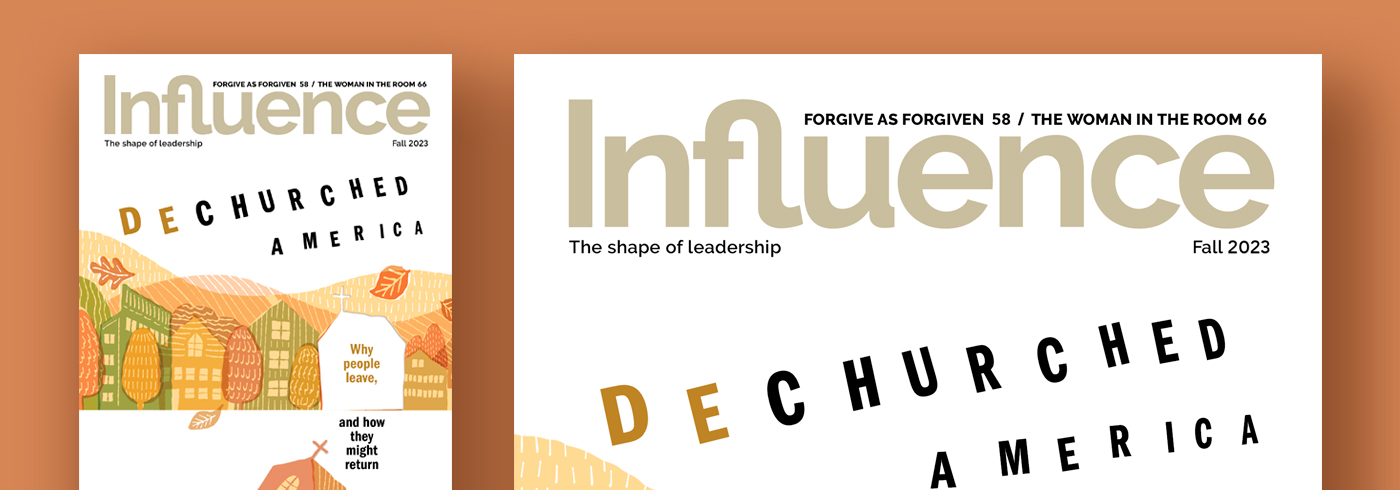Preaching Doctrine
How to teach the AG Statement of Fundamental Truths
People from diverse spiritual backgrounds comprise the church I pastor in Washington state.
Some are new to the faith and know only what they have gleaned from our church’s preaching and teaching.
Others have been believers for decades. Many of these experienced a variety of church traditions before becoming part of our congregation.
To help get everyone on the same theological page, I recently spent four months preaching through the Assemblies of God Statement of Fundamental Truths during Sunday morning services.
This sermon series changed my congregation for the better. I was surprised at how much it strengthened my faith as well.
Winding Journey
My own journey into AG theology was a winding one.
I grew up a pastor’s son in the Evangelical Free Church, but walked away from faith as a youth.
It wasn’t until I returned to Christ during my early 20s that I had my first encounter with Pentecostalism.
Worship in the Pentecostal church I discovered was profound and intimate, and the presence of God tangible. Theological reflection was not a strong emphasis in that community, however. As my faith and curiosity grew, I looked elsewhere for intellectual guidance.
I eventually encountered Reformed theology and went all in. Reformed thought gave my faith a sense of coherence and reason, but it was also critical of my Pentecostal experience.
Years later, when I made my way to an Assemblies of God church (the same one I now pastor), I realized a need to square the rational side of my faith with dormant Pentecostal spirituality.
The AG Statement of Fundamental Truths was a helpful starting point.
Theological Framework
Like me, most believers have been exposed to more than one denomination or theological leaning — whether from attending another church or listening to an online preacher.
People don’t arrive at our services from a spiritual and intellectual vacuum. They often bring myriad competing narratives picked up along the way.
I kept this understanding in view while preaching through our AG doctrinal statement. My goal was to give attendees a theological framework, without quashing their curiosity or forcing acquiescence.
Examining the Statement of Fundamental Truths together brought greater clarity and unity to the congregation. It gave people an opportunity to hear what I believe, and evaluate their own views in light of AG theology.
Many congregants told me this was a helpful learning experience.
Scripture, Experience, Tradition
There are a number of ways to incorporate the Statement of Fundamental Truths into preaching and teaching.
Our first responsibility is sharing God’s Word. Thus, we might simply mention the Statement of Fundamental Truths when a sermon text overlaps with it.
For example, the story of Jesus giving sight to Bartimaeus in Mark 10 provides an opportunity to unpack what our Fellowship believes about divine healing.
We should avoid giving the impression that our Statement of Fundamental Truths bears the same, or even similar, authority as Scripture. Still, there is value in highlighting the biblical foundations of what we believe.
People don’t arrive at our services
from a spiritual
and intellectual
vacuum.
While not all Christians accept that divine healing is available today, the Assemblies of God affirms this biblical truth. Discussing the doctrine in light of Scripture helps congregants see the connection between the two and encourages them to trust God for healing.
Another way to teach the Statement of Fundamental Truths is to start with the 16 articles of faith and explore their biblical foundations. The focal point should always be Scripture and its application to people’s lives.
An apologetics approach could help establish the credibility of the doctrines. Or the Statement of Fundamental Truths might serve as a template for an introductory teaching series on biblical theology — a Christianity 101 overview.
I preached through the 16 articles in order. Each sermon started with a biblical text that set the message’s tone and direction. That passage served as a window through which to view the topic at hand.
After reading and setting up the biblical text, I brought the theological issue into dialogue with a relatable human experience.
For example, during a sermon on tongues as the initial physical evidence of Spirit baptism, I mentioned that a person might become speechless at times. This introduced the point that the Holy Spirit gives utterances to speak.
In approaching a discussion of the millennial reign of Christ, I spoke about the horrors of war. This set the stage for talking about how Jesus will fulfill our longing for peace.
The point was to show people how the biblical text and corresponding doctrinal statement connect to their lives.
I then introduced each article of faith by quoting from it.
Bringing into dialogue Scripture, experience, and tradition, I explained how our Pentecostal theology addresses human needs.
Finally, I demonstrated how the Fellowship’s answer to the human experience was an effort to illuminate or apply what we find in the Bible. This meant ending where we started: with Scripture.
Though this approach might sound complicated, having a fixed approach to each message allowed me to keep my logic tight and messages brief.
Once I established an objective (bringing our congregation together by examining the Statement of Fundamental Truths) and a method (showing how our theology relates to Scripture and experience), the messages began writing themselves.
Whatever goal or approach a minister chooses, clarity and consistency are key.
Coming Together
In this information age, the number and variety of theological expressions parishioners can access seems limitless.
Even for pastors, wading through and discussing a stream of competing opinions and perspectives can feel daunting at times.
As an Assemblies of God minister, I am grateful for our Fellowship’s theological framework. The Statement of Fundamental Truths summarizes biblical teachings that have guided generations of believers, including me.
Hearing a sermon series on these articles of faith gave my congregation an opportunity to learn about Assemblies of God theology.
New and seasoned believers — including many from Christian backgrounds as diverse as Pentecostal, Presbyterian, Anglican, and Roman Catholic — explored and responded to the same statement of faith.
Rather than pulling us apart, the experience drew us together. The congregation learned basic Christian doctrine, heard my position on points of contention within the body of Christ, and gained a better understanding of Pentecostal theology.
Preaching through the Statement of Fundamental Truths also gave me a chance to think deeply about the faith I profess.
It was a valuable opportunity to reflect on my own theological journey. Studying and communicating our fundamental truths deepened my love for the Fellowship I have learned to call home.
This article appears in the Summer 2025 issue of Influence magazine.
Influence Magazine & The Healthy Church Network
© 2026 Assemblies of God

